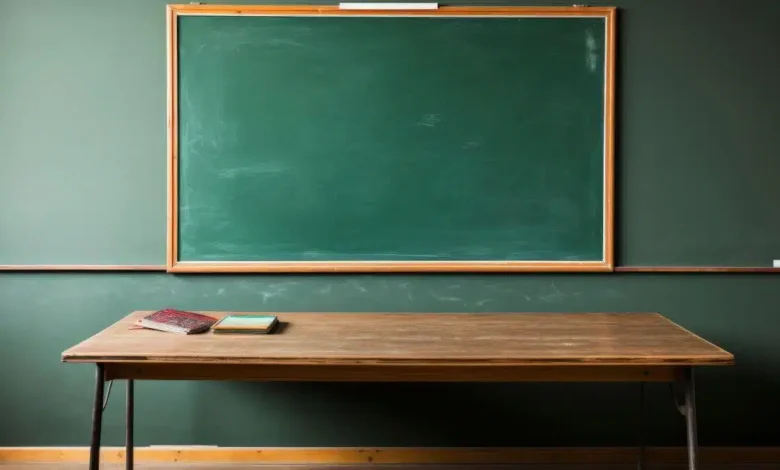Gauteng Schools Damaged by Fire: Less Than Half Repaired Over Five Years

Fires have caused significant damage to many schools in Gauteng over the past five years. Despite urgent calls for repairs, less than half of these affected schools have been restored. This situation continues to impact thousands of learners and teachers across the province. Understanding the extent of the problem, the reasons behind the slow pace of repairs, and the consequences for education is crucial for parents, educators, and policymakers.

Scope of Fire Damage in Gauteng Schools
Since 2019, Gauteng has seen a worrying rise in school fires. According to official data, 174 schools in the province suffered fire damage during this period. These incidents range from minor classroom blazes to devastating fires that destroyed entire buildings. The causes vary, including electrical faults, arson, and accidental fires. Each incident disrupts learning and places extra pressure on the already stretched education system.
Slow Progress in Repairing Damaged Schools
Although the provincial government pledged to restore all affected schools, progress has been slow. As of 2024, only 75 out of the 174 fire-damaged schools have been repaired and reopened to learners. This means less than half of the affected schools have returned to normal operations. The remaining schools are still awaiting repairs, forcing many students to learn in temporary structures or overcrowded classrooms.
Factors Delaying School Repairs
Several factors contribute to the slow pace of repairs. Firstly, budget constraints and delays in funding allocations have hampered the restoration process. Secondly, bureaucratic hurdles and lengthy procurement procedures have further slowed progress. Moreover, some projects face challenges with contractors who fail to deliver on time or meet required standards. As a result, many schools remain in disrepair, affecting the quality of education.
Impact on Learners and Teachers
The ongoing delays in repairing fire-damaged schools have serious consequences for learners and teachers. Many students must attend classes in makeshift environments, which are often uncomfortable and poorly equipped. This situation disrupts teaching and learning, making it harder for students to focus and for teachers to deliver lessons effectively. Consequently, academic performance and morale suffer.
ALSO READ: Gauteng Plans 20 New Schools by 2029, but Activists Call for Higher Targets
Government Response and Community Concerns
The Gauteng Department of Education has acknowledged the slow progress and promised to speed up repairs. Officials cite funding and administrative challenges as the main reasons for delays. Meanwhile, parents and community leaders continue to express frustration over the lack of urgency. Many believe that quicker action is needed to ensure safe and conducive learning environments for all students.
The Way Forward for Fire-Damaged Schools
Moving forward, the government must prioritize the repair of all fire-damaged schools. Streamlining procurement processes, allocating sufficient funds, and holding contractors accountable are essential steps. In addition, community involvement and regular progress updates can help build trust and ensure transparency. By taking decisive action, Gauteng can restore its schools and support the educational needs of its learners.
Urgent Action Needed for Gauteng’s Schools
Less than half of Gauteng’s fire-damaged schools have been repaired over the past five years. This slow progress continues to disrupt education and place learners at risk. It is vital for the government and stakeholders to address these challenges quickly, ensuring that every child in Gauteng has access to a safe and supportive learning environment.




